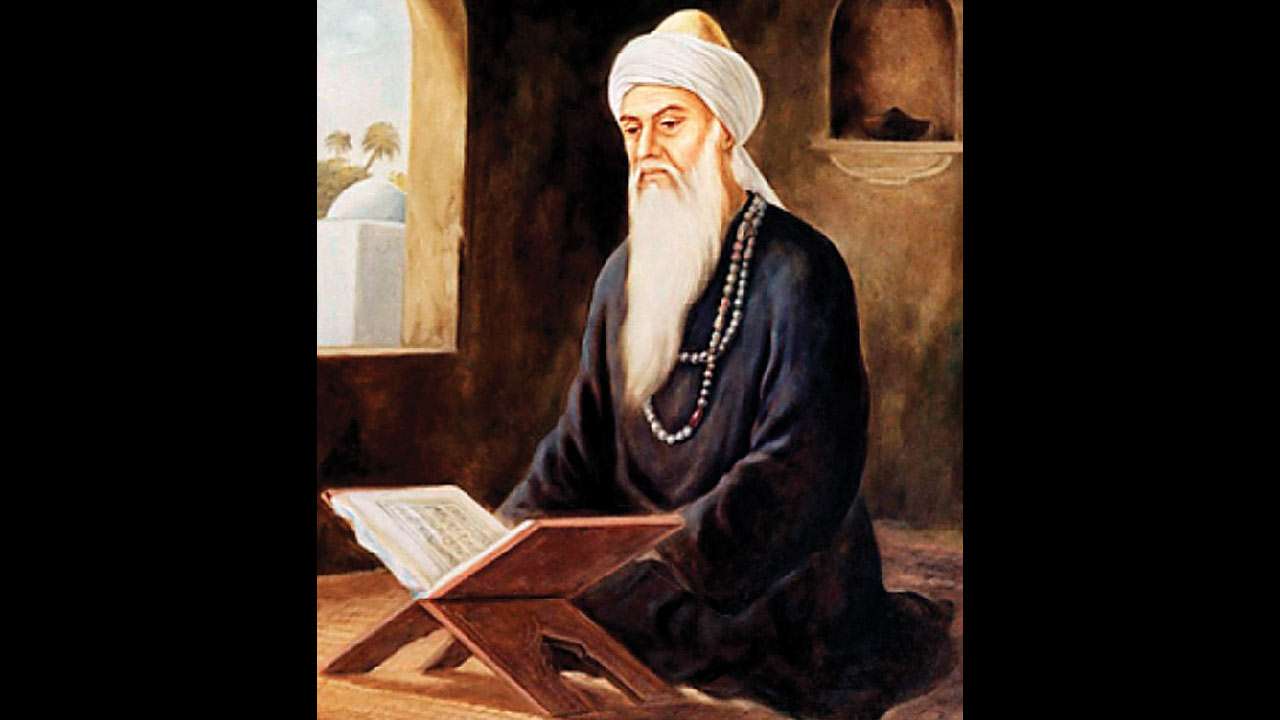A Chinese emperor known for his foul temper entered the bedroom of his soon-to-be-bride, who was one of the most beautiful women in all of China. She was being made to marry him against her will, as her parents were forcing her into it. Little did the emperor know however that she had also been taught by wise sages as a child.
She sat expressionless, staring at the wall.
“Hello, pretty,” he said to her, but she didn’t respond.
“I said hello to you, and you will respond when I address you, do you understand me?” he snarled. But still, she didn’t reply.
Most people would have answered him by now, so despite himself he grew curious, and gruffly asked, “What is it you are thinking?”
Finally she answered him. “Two things. One, that I do not wish to marry you because you are so callous and mean-spirited. And the other thing is that I was wondering if you have it within your power to have a certain something changed.”
“What?!” the emperor exclaimed with outrage. “You bitch! How dare you question my authority! … But … I admit I’m curious. Since I have it within my power to snap my fingers and whatever I command within my kingdom will be obeyed, what is it you are wondering if I could change?”
“Your attitude,” she replied. And with that she got up and walked out of the room, leaving him in stunned silence.
Right Mindfulness
Woman has her own intelligence and understanding because she had also been taught by wise sages as a child.
When she didn’t answer she had shown the king that silence has its own dignity. When you have your own dignity no power can threaten you. So when she spoke she said her facts without any fear why she didn’t wish to marry him, irrespective of all the power he had. Also she told him what he can transcend – His attitude.
When the woman said that “Your Attitude”
She simply meant – Mindfulness: the power from within
Another key to not letting the mind take you over is simply to watch it, to observe it (known as mindfulness or ‘witnessing’): then you’ll become aware that that constant stream of thoughts and feelings is separate from you. It is like a river flowing by which you can observe, just as you might sit by a river and notice the flotsam that is carried along in it.
In this way you are not suppressing your thoughts but you are also not getting engaged in them. Some people say ‘I want to meditate but my mind is so strong!’ In fact it’s just our getting engaged with it that creates that feeling and which energises thoughts. Withdraw your cooperation and you disempower them. Not only do we get engaged with thoughts we become identified with them, so much so that we can’t imagine being without the mind. And the reality is: We can only really be without it!
By and by, as you continue practising mindfulness you’ll have the felt understanding that you are not your thoughts: they are manufactured by your mind but they are not you. You are the subject, the observer: your thoughts or feelings are the object, that which is observed.
Once you’ve had this realisation – that you are not your thoughts (nor any of your feelings) – you do not need to be a victim of your mind or of your body anymore.
‘Sammasati’ and ‘Mindfulness’ are Buddhist terms for noticing our actions, our thoughts and our feelings without being lost in them, without being so identified with them that we forget ourselves as other than them. For example, we think we are our achievements (or failures!) our clever or our uncharitable thoughts, our jealousy or our lovingness.
Sammasati can be translated as ‘right remembering’ – the recalling of who we are… none of those passing aspects but a being of awareness.
‘Mindfulness’ is something of a misnomer and can be confusing because the mind is made up of unconsciousness as well a consciousness, so, technically, being mind-full encompasses both those aspects. The Zen expression for our natural state of being, for awareness, seems closer to the mark: ‘no-mind.’
Learning from the story Foul Temper: Right Mindfulness
Experience Learning
Wherever you are remember yourself, that you are: this consciousness that you are should become a continuity. Not your name, your caste, your nationality – those are futile things, absolutely useless. Just remember that “I am.” This must not be forgotten. This is what Hindus call self-remembrance, what the Buddha called right-mindfulness, what Gurdjieff used to call self-remembering, what Krishnamurti calls awareness.
This is the most substantial part of meditation, to remember that “I am.” Walking, sitting, eating, talking, remember that “I am.” Never forget this. It will be difficult, very arduous. In the beginning you will keep forgetting; there will be only single moments when you will feel illuminated, then it is lost. But don’t get miserable; even single moments are much. Go on, whenever you can remember again, again catch hold of the thread. When you forget, don’t worry – remember again, again catch hold of the thread, and by and by the gaps will lessen, the intervals will start dropping, a continuity will arise. And whenever your consciousness becomes continuous, you need not use the mind. Then there is no planning, then you act out of your consciousness, not out of your mind. Then there is no need for an apology, no need to give any explanation. Then you are whatsoever you are, there is nothing to hide. Whatsoever you are, you are. You cannot do anything else. You can only be in a state of continuous remembrance.
Through this remembrance, this mindfulness, comes the authentic religion, comes the authentic morality.
Mindfulness – Doorway to Relaxed Awareness
What Is Mindfulness?
When the mind disappears, thoughts disappear. It is not that you become mindless; on the contrary you become mindful. Buddha uses these words “right mindfulness” millions of times. When the mind disappears and thoughts disappear you become mindful. You do things – you move, you work, you eat, you sleep, but you are always mindful. The mind is not there, but mindfulness is there. What is mindfulness? It is awareness. It is perfect awareness.
Presence of Mind Is Really a State of No-Mind – You Can Call It Mindfulness
Presence of mind is really a state of no-mind. You can call it mindfulness, awareness, or you can call it a state of no-mind. The words seem to be contradicting each other, but they are indicative of the same state. Presence of mind means to be in the present, to be spontaneous, to be available to whatsoever is happening right now. To be available to here and now is presence of mind. But the only way to be available to the here and now is not to be in the past, not to be in the future.
And mind consists of past and future; mind knows nothing of the present. Mind is always occupied, it is never unoccupied. And whenever the mind is unoccupied, utterly without any thought, just watchful, alert, conscious, there arises a great presence. That presence functions on its own accord. That presence makes your life a life of responses, not of reactions.
Ordinary life is of reaction; you react. Reaction means you are reacting to a present situation according to the past. It never fits because life never repeats itself.
Tags: Awareness And Relaxation Awareness Is Simple Both Are Single-Arrowed Right Mindfulness Self-Remembering True Wealth










